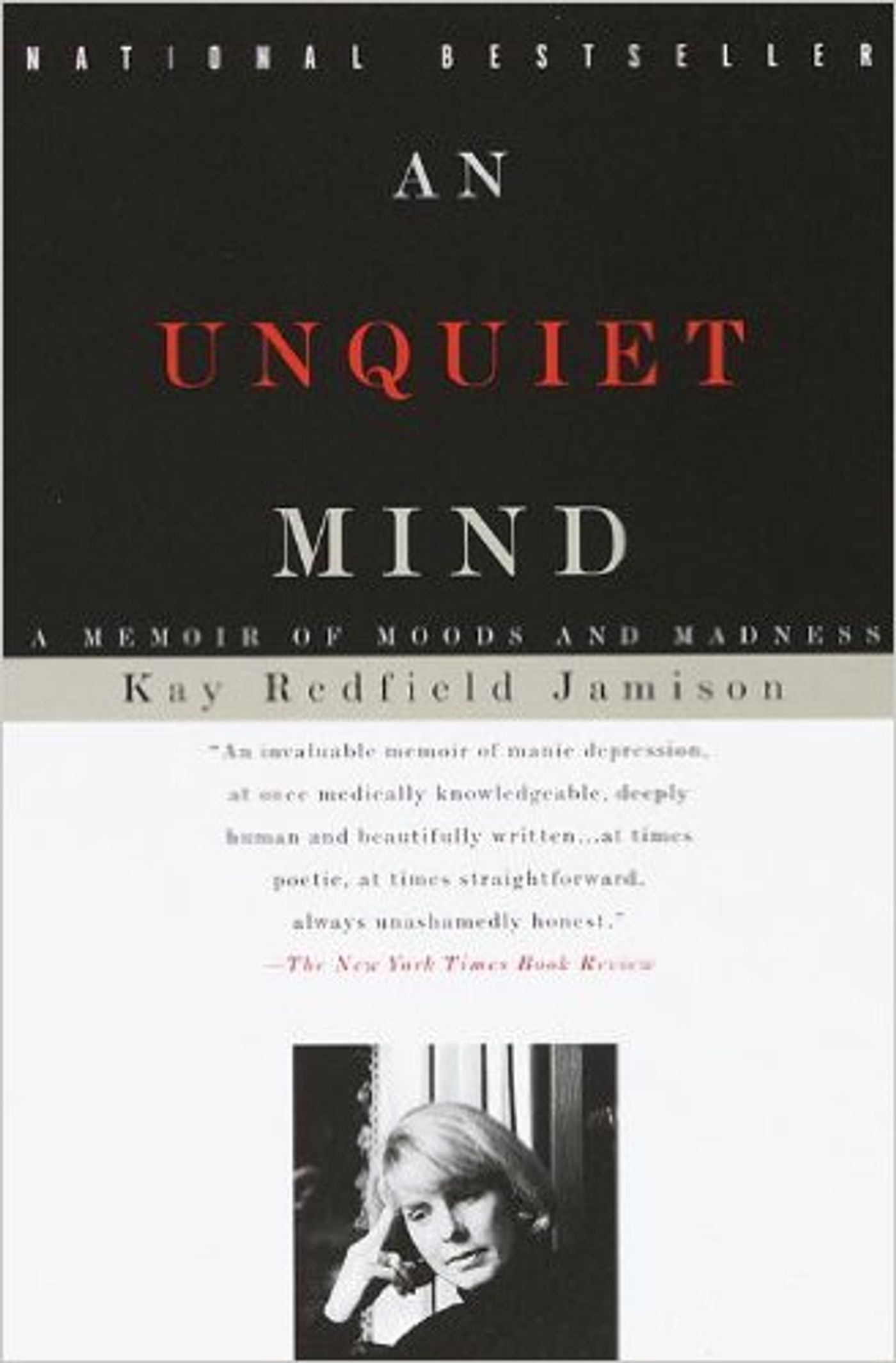Justin Timberlake's "Cry Me a River" is officially ruined for me. The song was inspired by Timberlake's relationship with Britney Spears, and he said, "You told me you loved me/Why did you leave me, all alone/Now you tell me you need me/When you call me, on the phone."
While I'm not technically here to deconstruct the prose of "Cry Me a River," it serves as an example of the painful consequences a person suffering from mania must endure after making impulsive relationship-ruining decisions. Britney Spears is one of the many famous people who suffer from bipolar disorder and, unlike its common portrayal, it’s symptoms are not as simple as being very happy and then being very sad.
Bipolar disorder is a mood disorder characterized by extreme highs and lows in mood. In order to understand what that means, I think it’s pivotal to understand the distinction between an emotion and a mood. A mood is an inescapable, pervasive, and sustained emotion that, “when extreme, can color one’s whole view of life,"according to the Miller-Keane Encyclopedia and Dictionary of Medicine, Nursing, and Allied Health. While moods mostly fall into two categories (positive and negative), they’re harder to define than emotions because emotions are evoked by a stimuli.
Those with bipolar have difficulty regulating their moods. Note this mood chart:

At the top of the chart is mania. The vast majority of mania cases occur in those with bipolar disorder type one. While it makes sense to assume that mania is purely the opposite of depression, it’s not so simple. Mania can show itself both in the form of violence and euphoria. In general, it’s characterized by restlessness, extreme optimism, hyperactivity, and having so many ideas at once that you can’t even express them. People experiencing mania have a decreased need for sleep and overestimate their own abilities. Those with mania commonly destroy both relationships and credit scores, making impulsive decisions that feel like the right thing to do, but result in painful consequences. When comparing scans of brains in a manic state versus brains in balanced state, the manic brain shows an increased level of activity, with norepinephrine levels that are off the charts. Norepinephrine is one of the neurotransmitters vital to the fight-or-flight response. It triggers an increase in heart rate, blood glucose levels, and blood pressure.
Full-blown mania can also involve psychosis, which is characterized by a person losing touch with reality. Delusions fall under this psychosis umbrella. A delusion is a false belief that is firmly believed in, albeit the fact that it’s unrealistic. For instance, the idea that someone is following them or that they are at the center of the universe. Disorders such as Parkinson’s diseases and types of dementia can also cause psychosis.
In “An Unquiet Mind,” American psychologist and foremost bipolar expert Kay Redfield Jamison described some of her personal experiences with full-blown mania. During one manic episode, she bought 20 books published by Penguin because “it could be nice if the penguins could form a colony.” In another instance, she bought out a store’s entire supply of snake bite kits in preparation for an imminent rattle snake attack that only she could see coming.
At the other end of the mood spectrum is severe depression. While only bipolar type one experiences severe mania, both bipolar one and two experience this mood. The depressed brain has decreased levels of activity, with low levels of both serotonin and norepinephrine. Symptoms of depression include significant weight fluctuation, getting too much or too little sleep, feeling constantly overwhelmed, feeling a decreased interest in activities, feeling worthless, and feeling tired all the time.
Bipolar runs in families. You’re more likely to experience a mood disorder if someone in your family has one. A stressful life experience, such as being abused, can trigger bipolar episode if the person is predisposed to bipolar. However, a stressful event itself cannot cause bipolar in a person without a pre-existing condition.
People with bipolar disorder have to overcome obstacles that other people don’t. It’s a chronic condition that requires a person to constantly question their own moods, actions, and decisions just to live a stable life. Doing so is incredibly difficult - but entirely possible. Successful people with bipolar include the singer Demi Lovato, comedian and Golden Globe Award–nominated actor Stephen Fry, and CNN founder Ted Turner. While some glorify the disorder to be a source of inspiration, more often than not, it’s an obstacle that makes it harder for those suffering from it to succeed.
So whether or not you understand exactly what it means to be bipolar, please be mindful of it. Try to understand that it’s not as simple as a person going from being happy to sad, and understand that those suffering from the disorder (Britney Spears, Catherine Zeta-Jones, etc.) have to fight just to live a stable life.
Sources:
Mayo Clinic,
The Free Dictionary - Medical Dictionary,
Encyclopædia Britannica,
Crash Course











